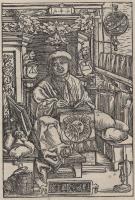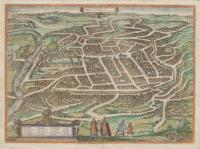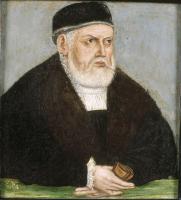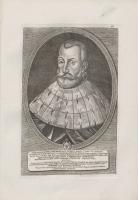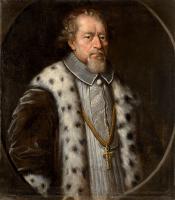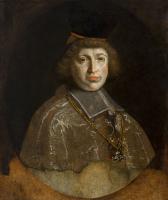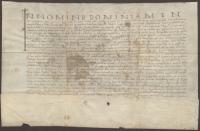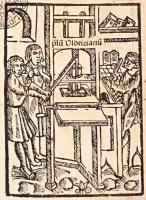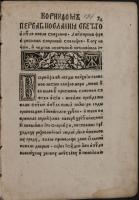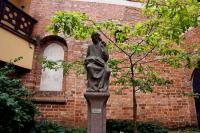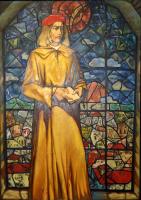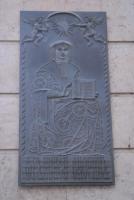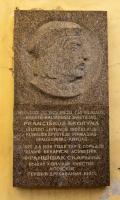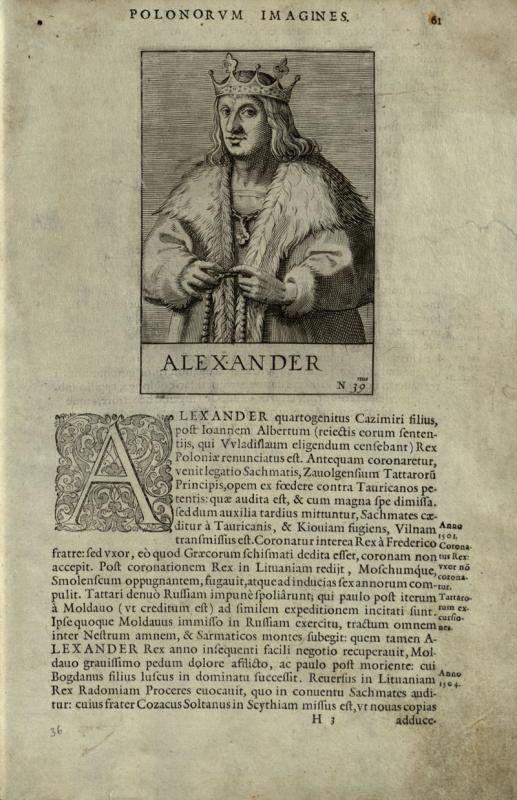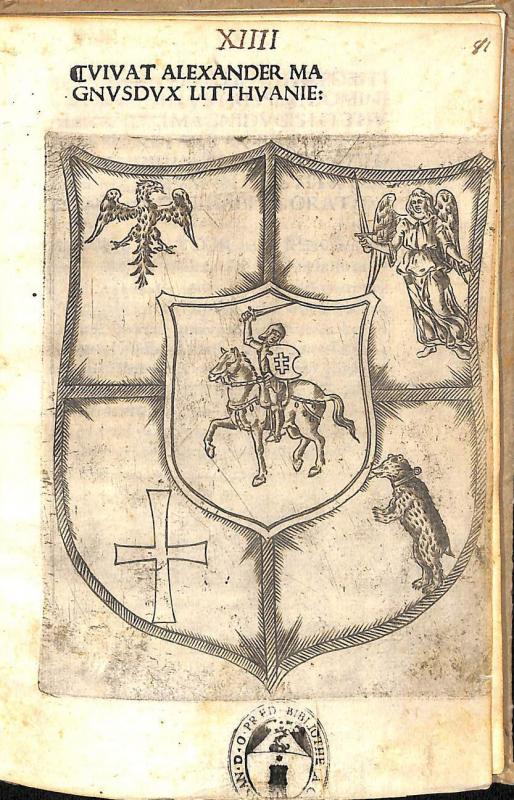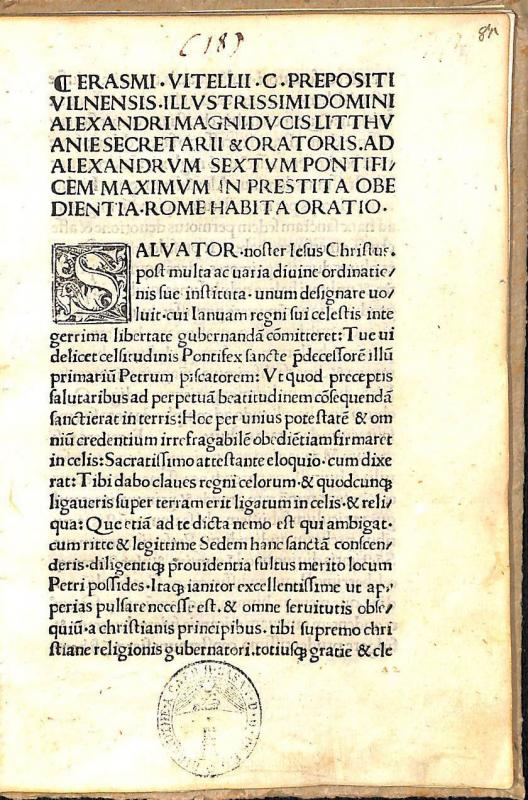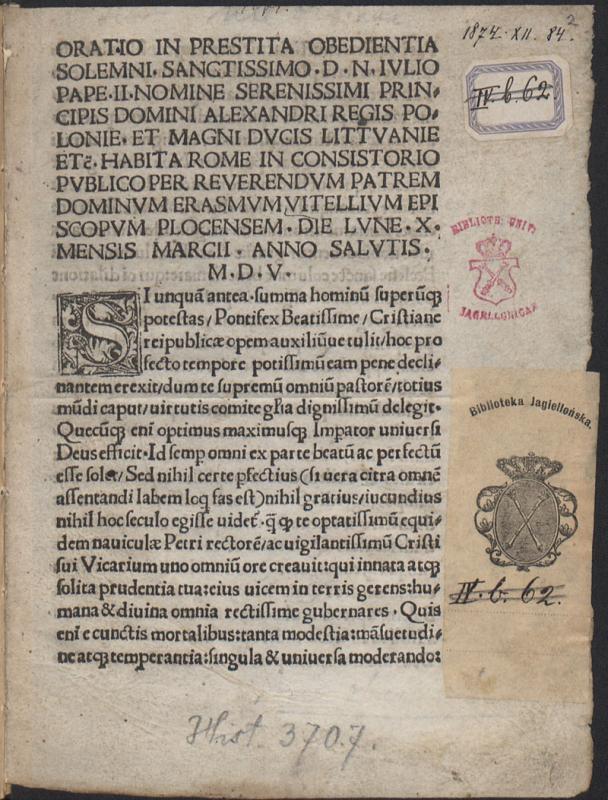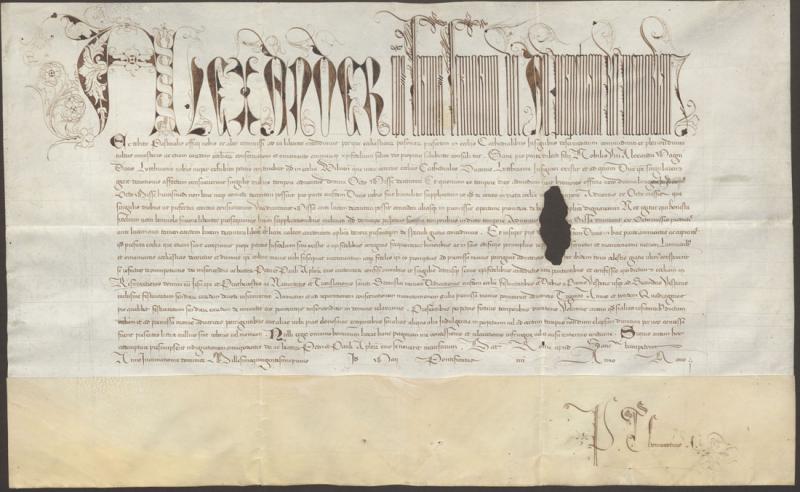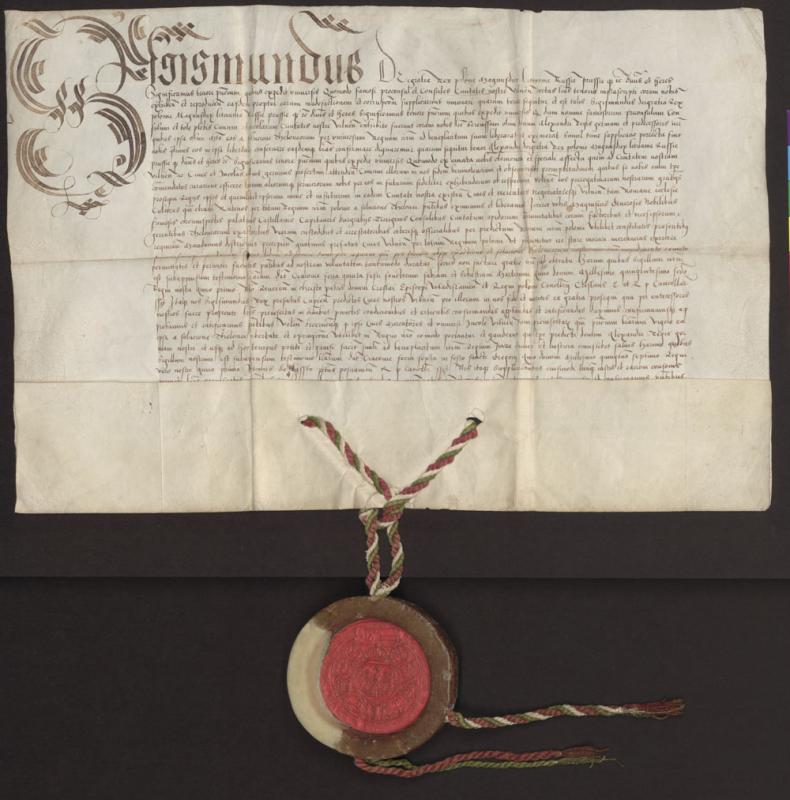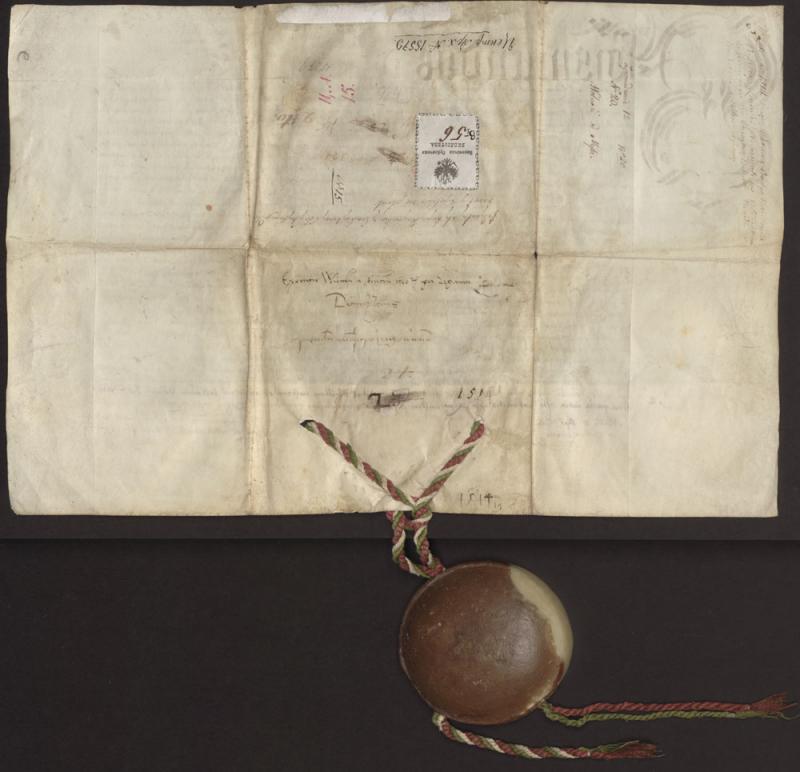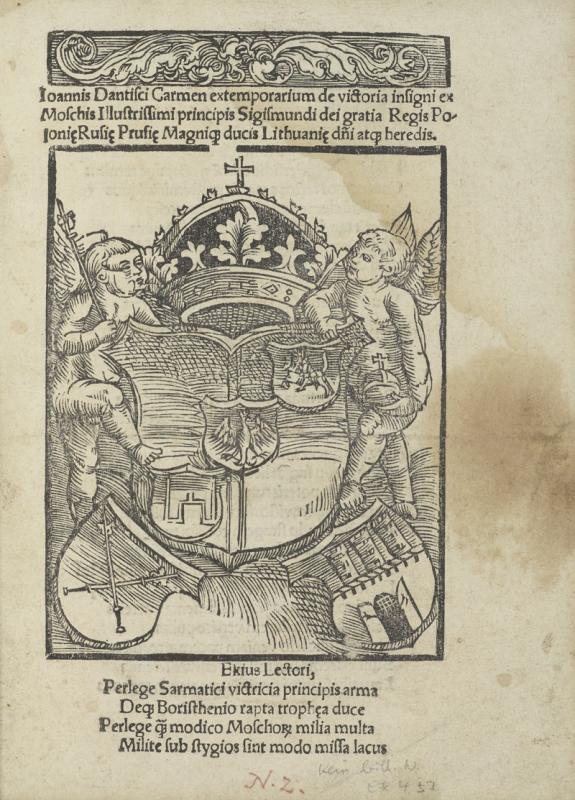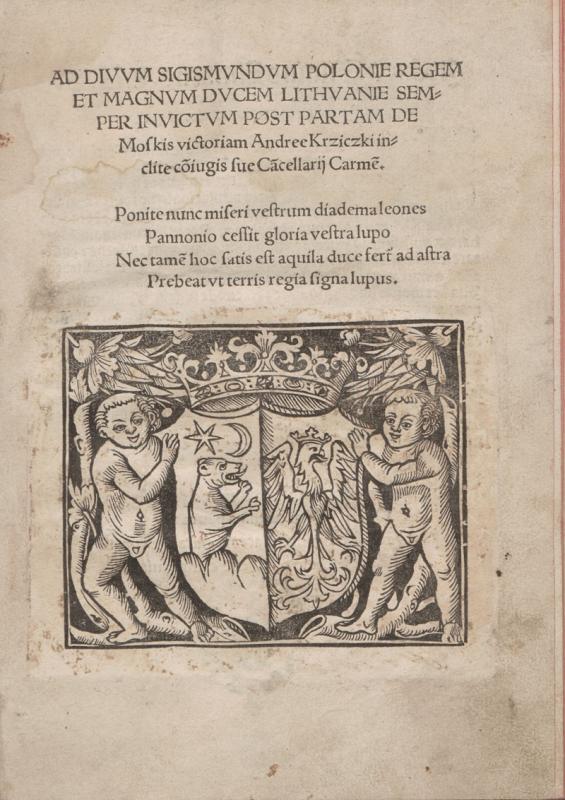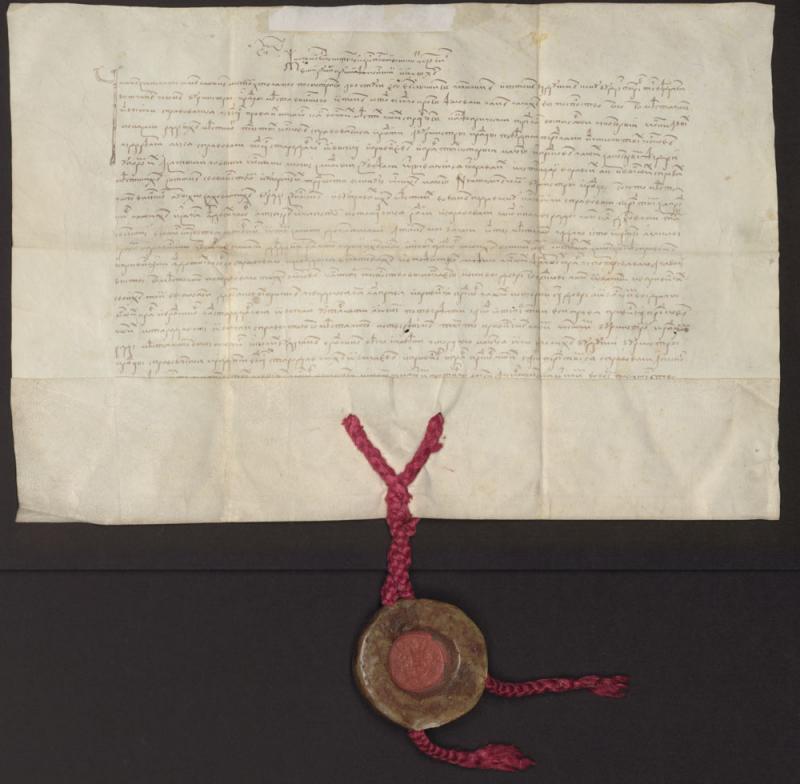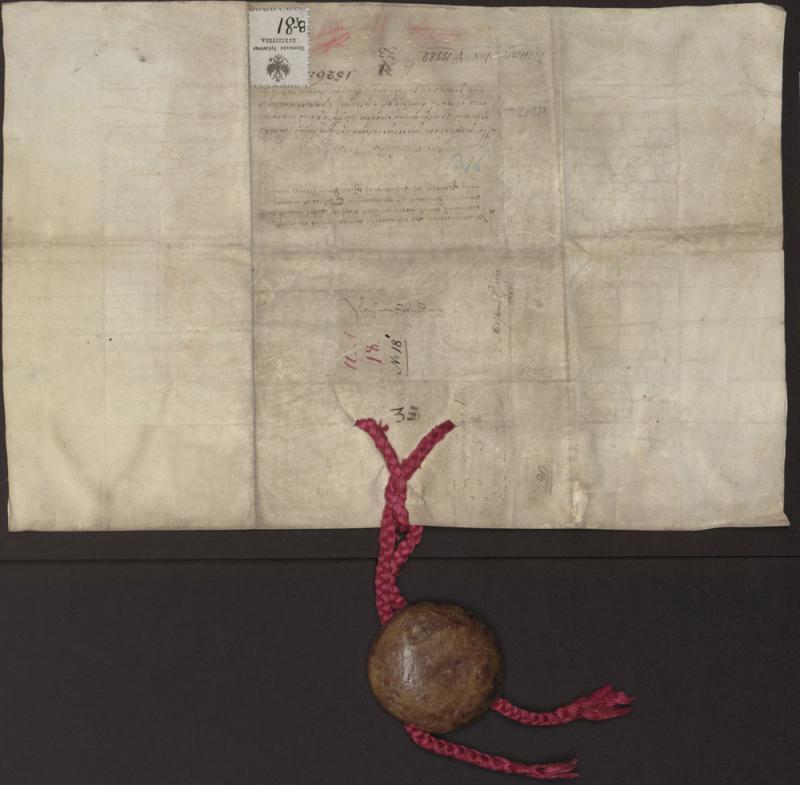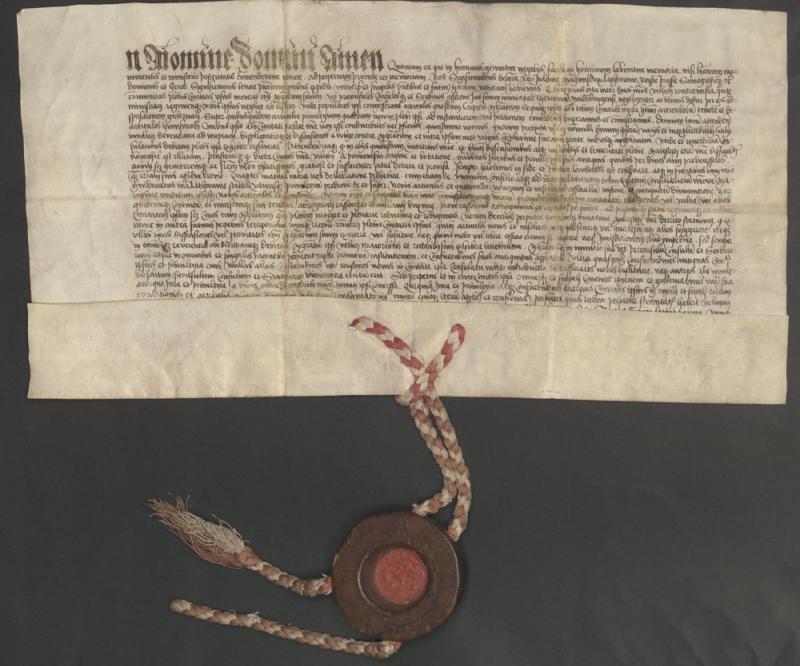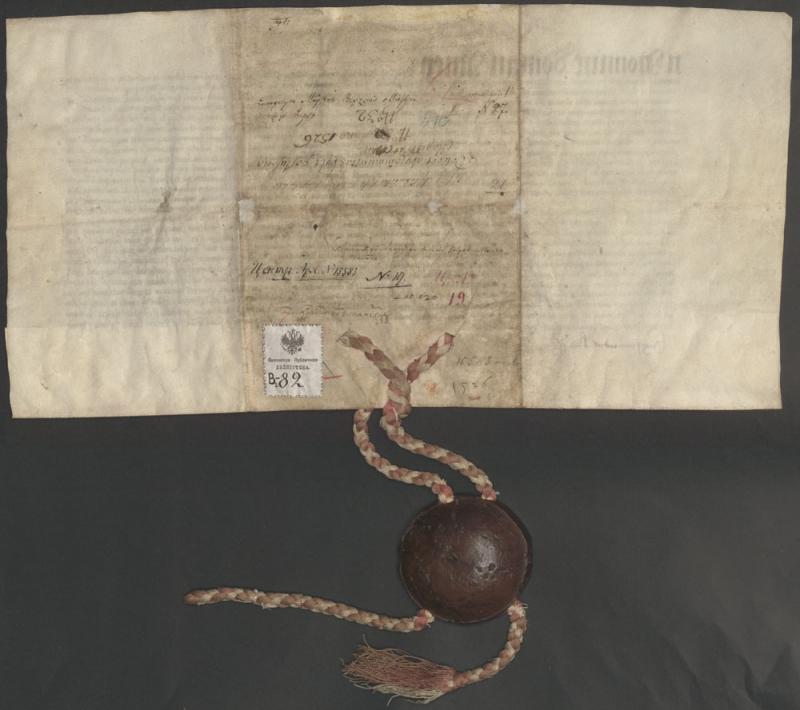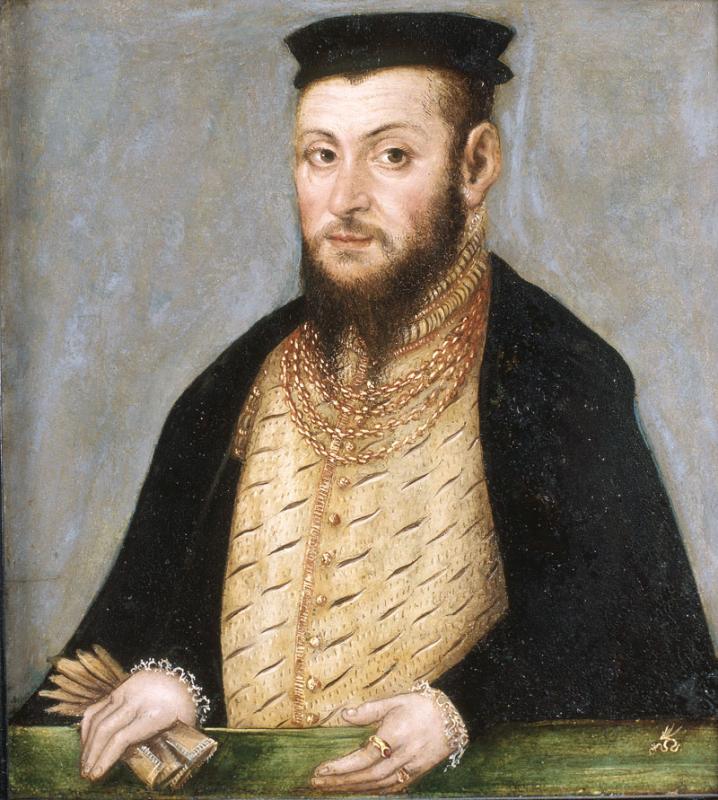The Jagiellons, Grand Dukes of Lithuania
A need for the printed word was also perceived at the ruler’s court. Certain texts that emerged there during the rule of three Grand Dukes became the earliest publications in Lithuania. The first of these rulers was Alexander Jagiellon (he ruled over the Grand Duchy in 1492–1506). Today, we associate the modernization of the state at the turn of the 15th–16th centuries with this ruler. This includes granting of Magdeburg rights to the cities of the Grand Duchy (as many as twelve of them), the development of brick construction in the capital (the ruler’s palace, the defensive city wall, the churches of the Bernardines and of St. Anne), and minting the state’s own currency. Alexander began the reorganization of the Chancery, the putting in order of the state archive (the Lithuanian Metrica), the establishment of an active and professional courier service, the creation of a new system of government signs (seals), etc. The ruler owned a book collection – 39 of his books were listed in the inventory of the treasury in 1506. Alexander Jagiellon brought educated people for various works in Vilnius. This is how the authors of the earliest publications in Lithuania – Albert of Brudzewo, Marcin of Radom, Jan Sacranus, and Erasmus Ciołek – came to the capital for a short time or permanently.
The second of these rulers was Sigismund the Old (ruled in 1506–1548), who replaced Alexander on the throne. He left a lasting imprint on legislation when he granted privileges to the city of Vilnius and when he approved the First Statute of Lithuania in 1529. Far advanced for those times, this document confirmed the statehood of Lithuania and united the population into an ethnopolitical community. In the area of foreign policy, Sigismund was notable for successful strengthening the position of the state in the relations with the Holy Roman Empire, the Holy See and elsewhere in Europe. He became famous as a military leader by several victorious campaigns, especially by his victory at Orsha on September 8 1514. This is reflected in publications that were published during his reign in Lithuania or abroad: works of Sigismund the Old himself as well as those of Adam of Bochyn, Iacobus Piso, Jan Dantyszek, Andrzej Krzycki, Ioannes Visliciensis, Zaccaria Ferreri, Nicolaus Hussovianus, Georgius Albinius, and Gregorz of Szamotuły.
The third was his son Sigismund Augustus (ruled in 1544–1572), who continued his father’s work fortifying and modernizing the state. In 1566, he approved the Second Statute of Lithuania, an extremely important document that did much to empower the state in the new circumstances. The reign of Sigismund Augustus was marked by the bloody Livonian War (1558–1583), which forced the creation of the Union of Lublin in 1569. His reign was also notable for the spread of the Reformation, and his court in Vilnius contributed to the advance of humanism in Lithuania. The high level of book culture at the ruler’s court is demonstrated by his personal library, which had four to five thousand volumes. Under his rule, the first Lithuanian books were published in Königsberg and the first Polish ones in Brest. During his reign, the largest number of books was published by the famous jurist Petrus Roysius.
LMAVB RSS L-16/2-32
Kazanatės b-ka. Roma Rari 781
Kazanatės b-ka. Roma Rari 781
BJ Cim. 5355
LMAVB RS F6-78
Muzeum Narodowe w Krakowie. Muzeum Książąt Czartoryskich XII-536
LMAVB RS F1-56
Hercogienės Anos Amalijos b-ka. Veimaras Inc 305
BN XVI.Qu.132
LMAVB RS F1-81
Letter of Sigismund the Old, Grand Duke of Lithuania, in which he confirms that the Vilnius City Council must act in the accordance with the old privileges of the Grand Dukes and forbids the Vilnius plebeian community to raise issues regarding new rules of city self-government established by the council.
LMAVB RSS F1-82
Letter of Sigismund the Old, Grand Duke of Lithuania, in which he revokes his earlier privilege (new rules of Vilnius self-government) granted to the benefit of the city’s plebeian community and orders the residents to obey the council in accordance with the old rules.
Muzeum Narodowe w Krakowie.
Muzeum Książąt Czartoryskich XII-538

